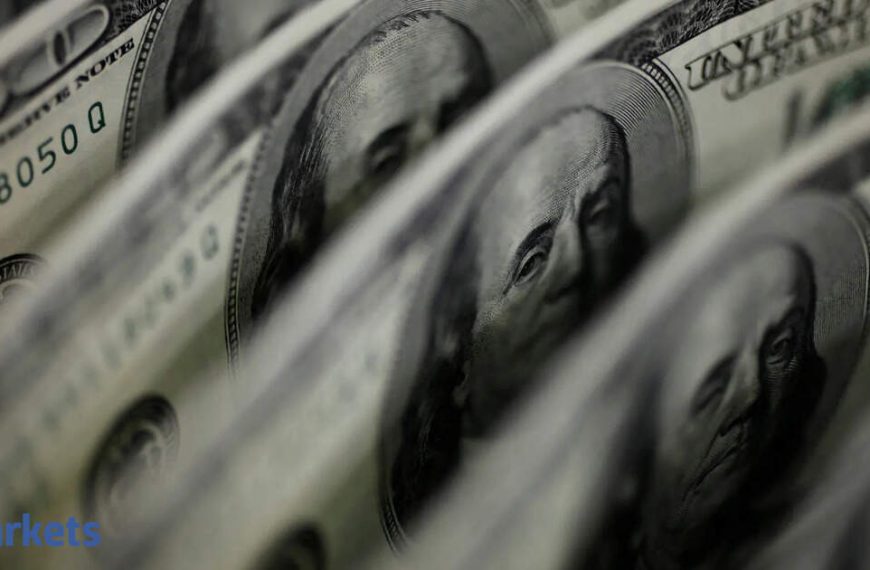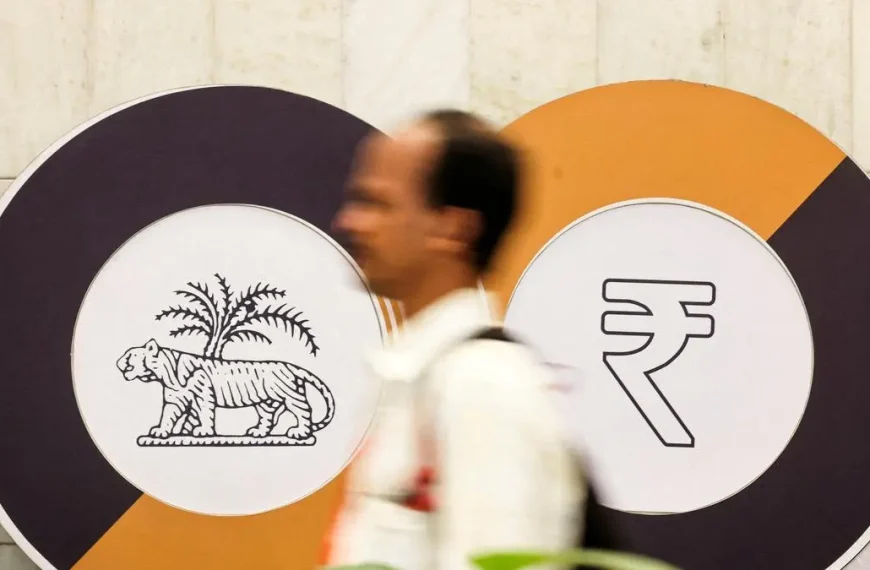On Thursday, the Indian rupee strengthened by 27 paise, closing at ₹87 (provisional) against the US dollar, thanks to encouraging macroeconomic indicators and declining crude oil prices. The recent softness in the US dollar index also contributed to the rupee’s gain, according to forex analysts. However, persistent losses in domestic equity markets and continuous foreign capital outflows tempered the rupee’s upward momentum.
Rupee Performance on the Forex Market
During trading on the interbank forex market, the rupee commenced at ₹87.13 and reached an intraday peak of ₹86.94 against the dollar. It briefly dipped to a low of ₹87.15 before concluding the day at ₹87, reflecting a 22 paise increase from the previous day’s close. In contrast, on Wednesday, the rupee had settled at ₹87.22, down by 1 paisa.
- Intraday figures:
- Opened: ₹87.13
- Day’s high: ₹86.94
- Day’s low: ₹87.15
- Closing: ₹87 (provisional)
Expert Insights on the Rupee’s Recovery
Anuj Choudhary, a Research Analyst at Mirae Asset Sharekhan, noted that the rupee’s rebound was fueled by positive macroeconomic data and a softer US dollar. Despite this, he pointed out that weak domestic equities and ongoing foreign institutional investor (FII) outflows could limit significant gains. He suggested that traders should keep an eye on upcoming data from the US, including the Producer Price Index (PPI) and weekly jobless claims. The USD-INR spot rate is anticipated to fluctuate between ₹86.80 and ₹87.25.
Market Trends and Global Factors
In the broader market context, the dollar index, which measures the greenback’s strength against six major currencies, was up by 0.12% at 103.70. Meanwhile, Brent crude, the global oil benchmark, fell 0.37% to $70.69 per barrel in futures trading.
The domestic equity landscape also faced challenges, with the 30-share BSE Sensex dropping 200.85 points, or 0.27%, to close at 73,828.91. The Nifty, a broader index, finished down 73.30 points, or 0.33%, at 22,397.20. Notably, foreign institutional investors offloaded equities worth approximately ₹1,627.61 crore on a net basis on Wednesday.
Economic Indicators Influencing the Rupee
Recent government data revealed that India’s Consumer Price Index (CPI)-based retail inflation eased to a seven-month low of 3.61% in February, driven by falling prices of vegetables and protein-rich foods. This decline may create room for the Reserve Bank of India (RBI) to consider an interest rate cut in the upcoming month. Additionally, the Index of Industrial Production (IIP) showed a 5% growth in January 2025, reflecting a recovery in manufacturing activities.
Global Trade Developments
On the international stage, tensions have escalated as President Donald Trump imposed a 25% tariff on all steel and aluminum imports, claiming to reclaim wealth perceived as "stolen" by foreign nations. In retaliation, Canada has introduced hefty tariffs on a variety of US products, including textiles, water heaters, beef, and bourbon. The European Union (EU) also announced plans to increase tariffs on American goods including beef, poultry, and motorcycles.
With these dynamic factors at play, the rupee’s trajectory remains a focal point for traders and investors alike.











